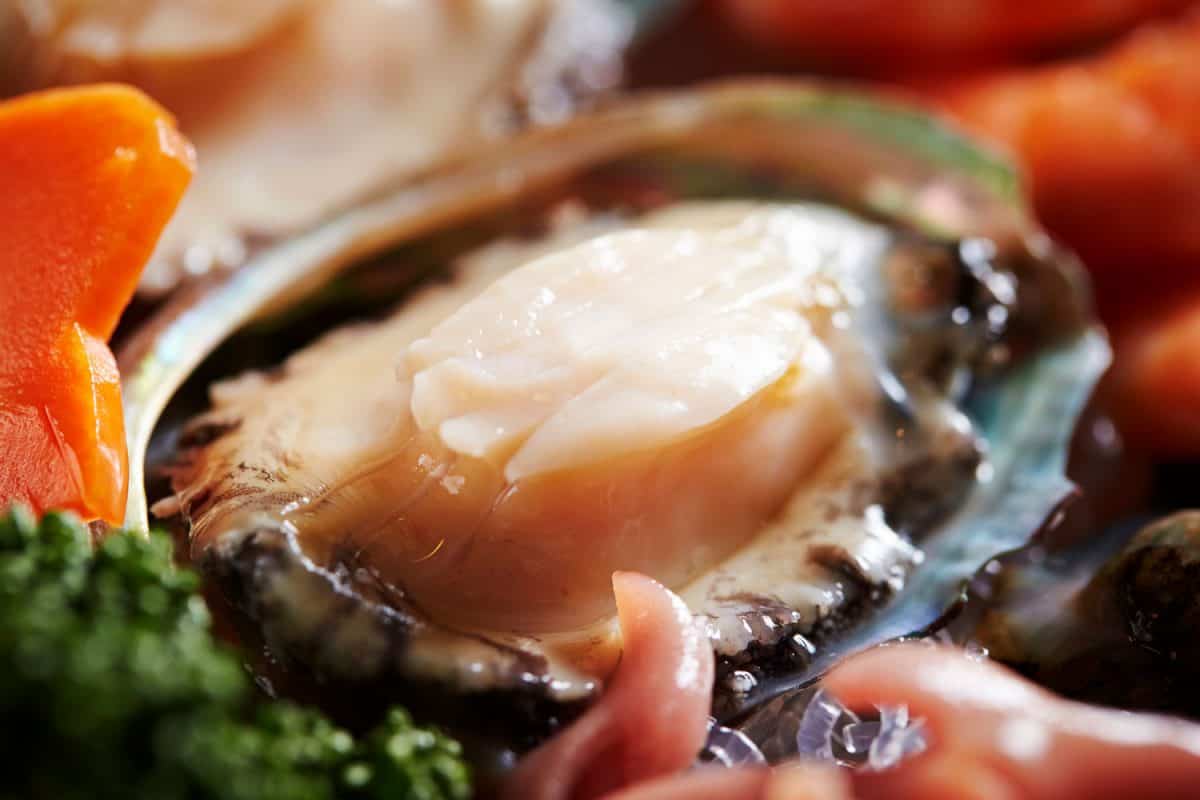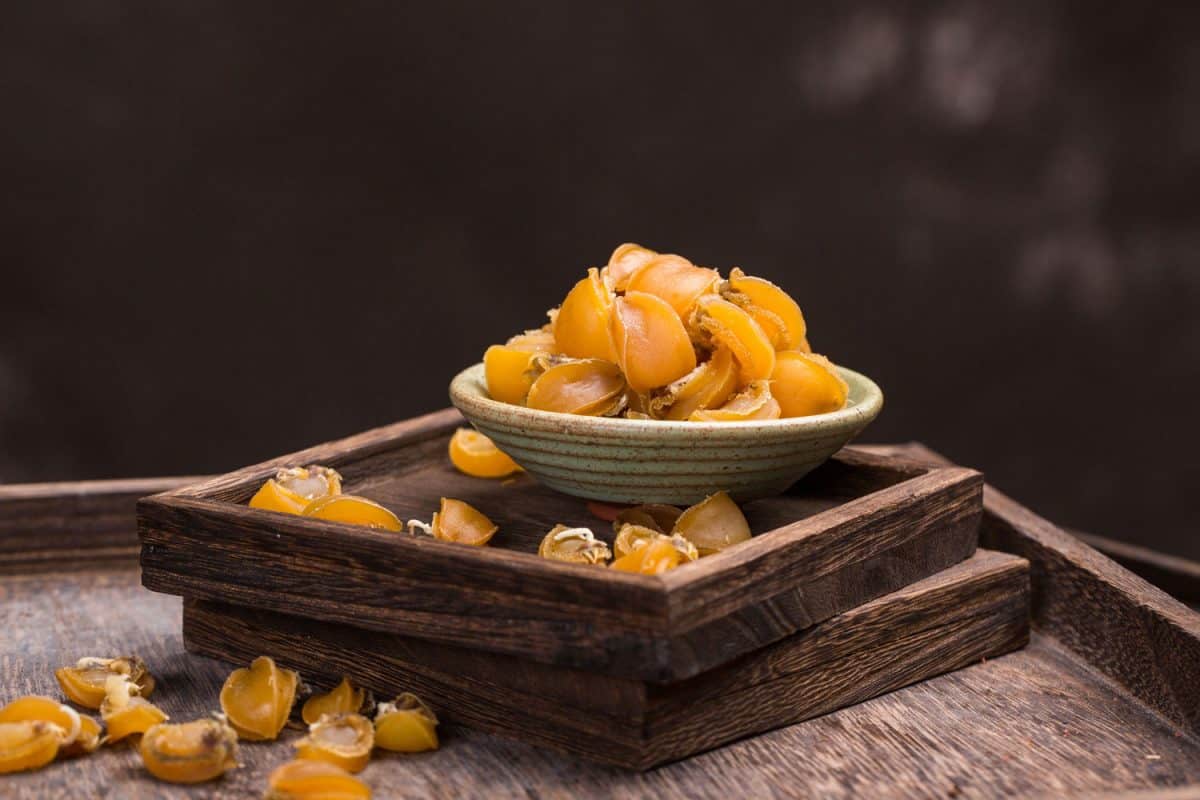Have you just got your hands on abalone to satisfy your seafood craving? But you might have bought a lot more than you can consume in one meal, and the thought of throwing it out is a total loss considering its high price. Storing it for your next meal is possible; however, keeping it fresh and safe to eat when out of the waters can prove to be a challenge. We researched this topic in-depth for you to provide the best ways to overcome this hurdle.
Fortunately, you can freeze abalone whether it’s raw, canned, or cooked. But remember that before freezing fresh abalone, make sure the muscle has been properly cleaned to avoid compromising its quality while stored in the freezer. Freezing canned and cooked abalone is easier. You only need to use an airtight container when storing it in the freezer, while canned abalone only requires you to drain the soup before storing it in a freezer bag or container.
Continue reading this article because we scoured the internet to provide you the best answers to some top abalone-related questions as well as processes you should follow when you’re freezing abalone. Let's get into it!
NOTE: WE MAY GET A COMMISSION IF YOU DECIDE TO MAKE A PURCHASE THROUGH THESE LINKS. THERE'S ADDITIONAL NO COST TO YOU. CHECK THE BOTTOM OF THE PAGE FOR MORE INFORMATION.
![Abalone meat and shell on a white plate, Can You Freeze Abalone? [Inc. Cooked, Raw And Canned]](https://forfreezing.com/wp-content/uploads/2021/05/Can-You-Freeze-Abalone-Inc.-Cooked-Raw-And-Canned.png)
How to prepare and package abalone for freezing
Freezing abalone will need you to follow some guidelines to avoid disasters. Below are the easiest ways you can properly clean abalone before freezing it.
How to prepare abalone for freezing
1. Clean the abalone
Wash the abalone thoroughly to remove debris and seaweed latched around it.
2. Dislodge it from the shell
Insert an oyster knife into the tender side of the abalone. Once you reach the bottom part of the shell, gently push the abalone outward to remove the meat.
3. Trim the hard and bitter parts
Using a pair of scissors, cut off the liver and guts of the abalone, which are the thick dark brown outer skin of the snail. Also, you can remove the tough edges or lips of the abalone to avoid munching on hard meat when you eat it.
4. Scrub off dirt
Using a brush or a sponge, gently remove leftover dirt around the abalone meat. But if you want to take the easy route, you can just cut off the slimy edges that contain most of the dirt.
5. Rinse off one last time
Wash the meat for the last time by running it under cold running water. This will help ensure that it’s free from dirt that can compromise the seafood when freezing.
How to package abalone for freezing
1. Slice the abalone
Cut the abalone into thin slices, approximately a quarter of an inch thick. Slicing the abalone instead of putting it immediately in the freezer lets you store it in portions, which would help in thawing since you will no longer need to defrost the whole abalone when you only want to cook a portion of it.
2. Divide it into portions
Using a freezer bag or an airtight container, store the abalone slices into portions of your choosing. If necessary, you can vacuum seal the freezer bag.
3. Store and freeze
Store the abalone in the coldest part of your freezer to ensure it gets frozen longer.
Canned and cooked abalone prep and packaging

Freezing canned abalone is unnecessary because it’s been cleaned, manufactured, and preserved. Just make sure to store it at a temperature not any lower than 95 degrees Fahrenheit.
If you already opened the can and wish to freeze the abalone, you can certainly do so. But make sure to drain the sauce and wash it before storing it, using a sealed container in the freezer.
On the other hand, freezing cooked abalone requires you to wrap it using freezer-safe bags or sealed storage containers and store it in the freezer for not more than a month.
Is frozen abalone good?

Frozen abalone is the same as other seafood when it comes to its taste. Some critics even describe it to have the same flavor and texture as calamari.
How does freezing affect the taste or texture of abalone?
Frozen abalone has a crunchy texture when eaten raw, just like fresh abalone. However, this will also differ if the abalone was taken from the wild, which means sourced from the ocean, or if it is farmed.
Wild abalone possesses a stronger taste, which most first-timers dislike. Farmed abalone, on the other hand, is preferred because of the mild taste it provides.
Can you eat frozen abalone raw?
You can certainly eat frozen abalone raw. Just make sure that it’s thoroughly clean and has been cured with lime or citrus juice.
But opinion is divided about the best way to consume abalone. Some prefer eating it raw as an addition to their sushi. While a considerable number of abalone enthusiasts prefer cooking it first to get rid of the smell or to add more flavor to it.
Abalone tastes best when it’s fresh from the ocean or farm. But if you want to better experience its buttery and salty taste, grilling is the best way to get the flavorful juices flowing.
How long does abalone last in the freezer?
Sources have different answers as to how long abalone can stay edible when frozen. Some say it can last 2 or 3 months. And some say that it remains good for consumption for 6 to 12 months.
But, just to be on the safe side, we recommend that you consume frozen abalone within 3 months, depending on its quality and whether you removed the muscle and guts and scraped off all the debris completely.
Another caveat is that you need to use abalone within 2 months if you bought it frozen because that might have already been stored and frozen for a long time already.
How to know if abalone is bad?
Determining if the abalone has already gone bad is fairly easy. You can immediately tell a spoiled abalone just by its smell. When it already exudes foul stench exhibited by all seafood that has already gone bad, then you already have to throw the abalone in the bin.
Another indication is the abalone’s appearance. Fresh abalone has round thick “lips” that show a dark color. So, if you see white or clear colored abalone, shy away from it because it can cause you food disasters.
How do you defrost abalone?
Now, if you’re ready to eat your frozen abalone, you can easily but gradually thaw it. Remove the thought of forcefully defrosting it in the microwave or at room temperature because you’re going to set yourself up for a disaster.
There are two ways you can thaw abalone. The first option is defrosting it in the refrigerator. Set up the fridge at 2 degrees Celsius to 6 degrees Celsius or 35 degrees Fahrenheit to 45 degrees Fahrenheit for about 24 hours until all the ice has melted and the abalone’s core temperature is the same as the fridge.
The second way to defrost abalone is by letting it sit in an ice bath while it’s still wrapped with the freezer bag. Approximately, the ice will thaw within 30 minutes to 1 hour.
These two processes should be used when defrosting canned or cooked abalone as well. This is to avoid or reduce the chances of possible growth of enzymes that can cause poisoning. Although reports of abalone poisoning have been minimal, nothing beats vigilance.
Recipes you can use frozen abalone (raw, canned, or cooked) for
![Abalone meat and shell on a white plate, Can You Freeze Abalone? [Inc. Cooked, Raw And Canned]](https://forfreezing.com/wp-content/uploads/2021/05/Abalone-meat-and-shell-on-a-white-plate-1200x800.jpg)
Now that we get the freezing and thawing specifics out of the way, it’s time to learn some abalone recipes. There are a lot of recipes you can try, from the classic pan-fried abalone, the time-consuming braised abalone with mushroom, to the vegetarian-inspired mock abalone with broccoli.
In summary
Whether abalone is raw, cooked, or canned, freezing is necessary to keep it safe to consume. Follow the steps on this article to best preserve abalone so you can try some new recipes that will not only satisfy your cravings but also stuff your body with many health benefits.



